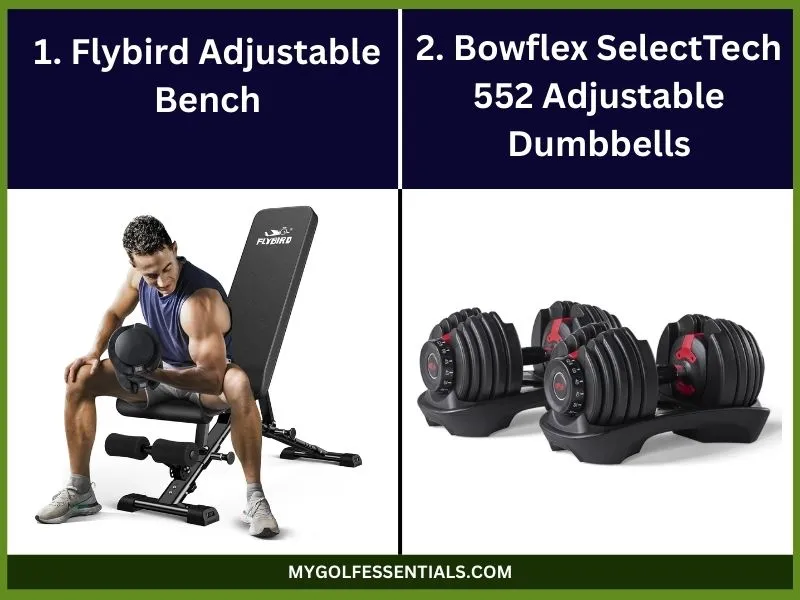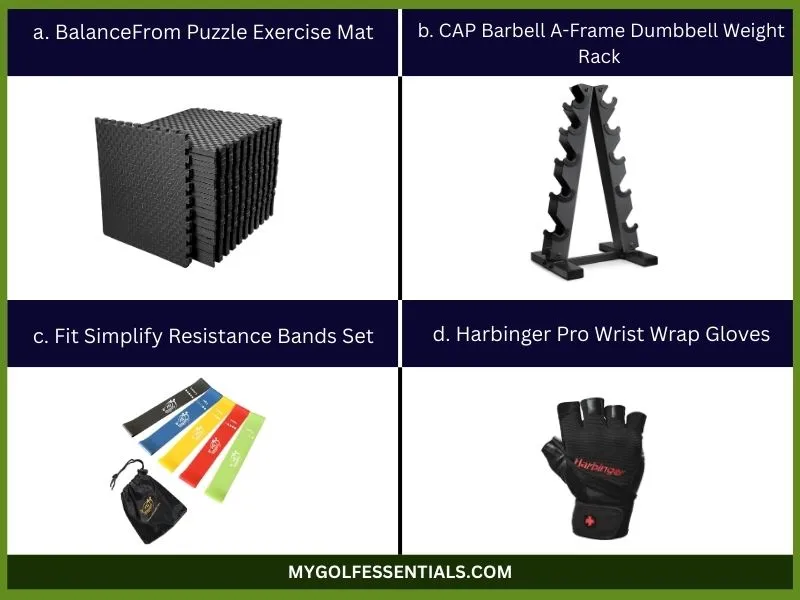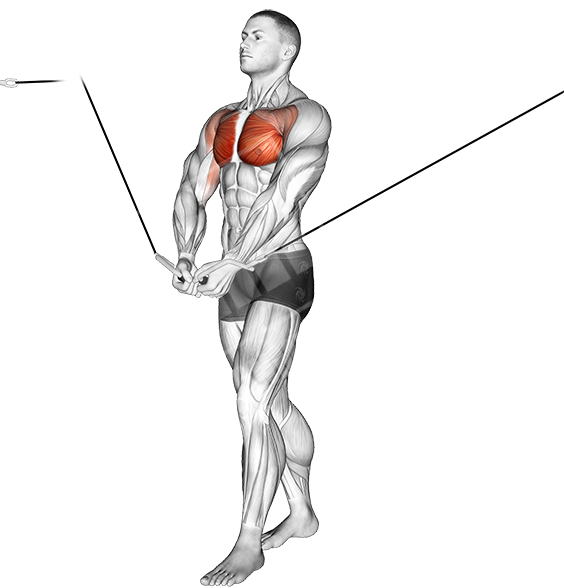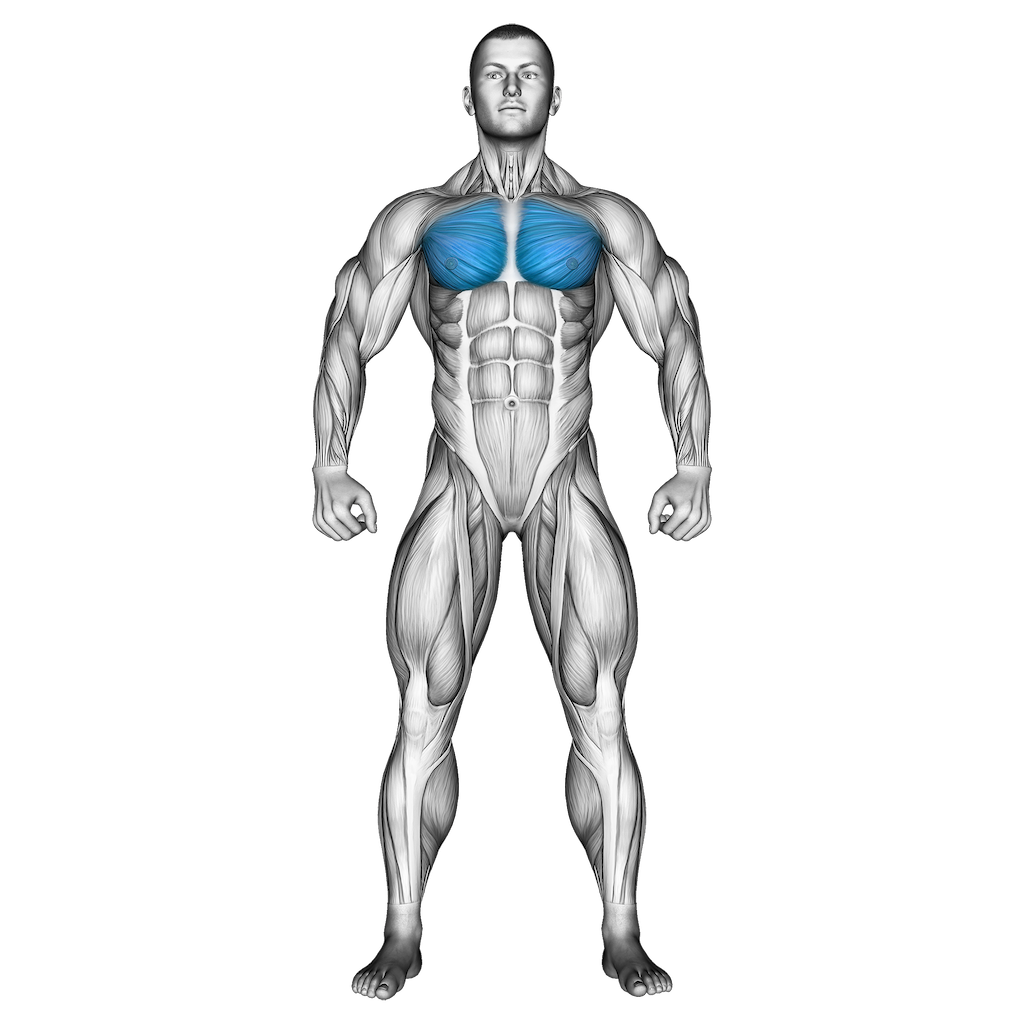
Looking to carve out a stronger, fuller upper chest? The incline dumbbell press is one of the most effective exercises to target that often-overlooked area and add serious definition to your upper pecs. Whether you’re new to lifting or a seasoned gym-goer looking to perfect your form, mastering this move can elevate your upper body strength and aesthetics.
In this article, we’ll break down how to do the incline dumbbell press correctly, highlight key tips for maximum gains, and help you avoid common mistakes that may be holding you back. Keep reading to level up your chest training and start seeing real results.
What Is the Incline Dumbbell Press?
The incline dumbbell press is a powerful upper-body strength exercise that targets the upper part of your chest (clavicular head of the pectoralis major). It’s performed on a weight bench set at an incline(usually between 30 to 45 degrees) using a pair of dumbbells. This angle shifts the focus away from the middle of your chest and puts more tension on the upper chest and shoulders.
How It’s Done
The basic movement involves:
- Lie back on an incline bench with a dumbbell in each hand.
- Then, press the dumbbells upward in a controlled motion until your arms are fully extended.
- After that, lower the weights slowly back to chest level while keeping your elbows slightly tucked in.
How It Differs from the Flat Bench Press
While the flat bench press is a go-to for overall chest development, it doesn’t specifically target the upper chest as effectively as the incline version. Here’s how the incline dumbbell press stands apart:
- Incline Dumbbell Press: Targets the upper chest more directly due to the angled position of the bench.
- Flat Bench Press: Works the middle part of the chest, with less involvement from the upper portion.
- Incline = Shoulders + Upper Chest, whereas Flat = Chest Overall.
- Dumbbells also allow for a greater range of motion and more muscle activation compared to barbells.
Why It Targets the Upper Chest Specifically
The incline position of the bench changes the direction of the press. Instead of pushing straight up like in a flat bench press, you’re pushing slightly upward and inward, which mimics the natural direction in which the upper chest fibers contract.
Key reasons it hits the upper chest:
- The incline angle lines up with the upper pectoral fibers.
- Dumbbells allow for independent arm movement, helping correct muscle imbalances and engaging stabilizers.
- Activates secondary muscles like the front deltoids and triceps, but not as heavily as the chest.
In short, the incline dumbbell press is a must-have move if your goal is to bring out definition and size in your upper chest. It fills in the gap that flat bench and decline presses often miss.
What Are The Muscles Worked by the Incline Dumbbell Press?
In addition to hitting your chest with the incline dumbbell press, it engages multiple muscle groups at once, making it a highly effective compound exercise. While the main target is the upper chest, several supporting muscles get activated to help stabilize and move the weight.
Primary Muscles Worked
These are the main muscles doing the heavy lifting during the incline dumbbell press:
- Upper Pectoralis Major: The star of the show. This is the upper part of your chest that adds size and lift to your upper torso.
- Anterior Deltoids (Front Shoulders): These assist in pressing the weight upward and work hard at the incline angle.
Secondary Muscles Worked
Several other muscles help support the movement, especially during stabilization and control. They are as follows:
a. Triceps Brachii: Assist in the final phase of the press, especially during the lockout at the top.
b. Serratus Anterior: Located along the ribs, this muscle helps with shoulder blade movement and stability during the press.
c. Stabilizing Muscles:
- Biceps: Especially the short head, to a minor degree.
- Brachialis: Aids in stabilizing the elbow joint.
- Wrist Flexors: Help keep the dumbbells steady and prevent wrist collapse.
Because of this combination of muscles working together, the incline dumbbell press not only helps build a well-defined upper chest but also develops shoulder strength and improves upper-body control. It’s a great functional exercise with aesthetic benefits.
Benefits of the Incline Dumbbell Press
Adding the incline dumbbell press to your chest routine brings more than just upper chest gains. It’s a smart move for anyone looking to build a stronger, more balanced, and functional upper body.
Here’s a breakdown of the main benefits:
- Builds Upper Chest Strength and Size: The incline position directly targets the upper portion of the pectoral muscles. This helps you develop a fuller, more defined chest, especially in the upper region, which is often undertrained with flat or decline presses.
- Improves Shoulder and Triceps Strength: Because the front deltoids (shoulders) and triceps assist in pressing the dumbbells, you’ll naturally build strength in these supporting muscles as well. This translates to better performance in other upper-body lifts and pushing movements.
- Enhances Overall Upper Body Strength and Pressing Power: The incline dumbbell press is a compound movement, meaning it recruits multiple muscle groups. As a result, it contributes to greater overall upper-body pressing strength, which can carry over to exercises like overhead presses, push-ups, and bench presses.
- Helps Correct Muscle Imbalances Between Sides: Using dumbbells forces each side of your body to work independently. This helps identify and correct any strength or size differences between your left and right side, something a barbell press may hide.
- Increases Stability, Balance, and Functional Strength: Pressing two separate weights requires more core engagement, wrist control, and coordination. Over time, this leads to improved joint stability, better posture, and functional strength you can use in sports and everyday activities.
Whether your goal is aesthetics, strength, or performance, the incline dumbbell press is a solid addition to your training program.
What Are The Equipments Needed To Do Incline Dumbbell Press At Home?
You don’t need a full gym setup to perform the incline dumbbell press at home. With just a few key pieces of equipment, you can build serious upper chest strength right from your living room or garage.
Let’s find out the required equipment list:
Basic Equipment (General Requirement)
To perform the incline dumbbell press safely and effectively, you’ll need:
- Adjustable Bench: The most essential item. Make sure it can incline to at least 30–45 degrees. Look for a sturdy model with multiple angle settings to suit different body types and training goals.
- Dumbbells: A pair of adjustable or fixed-weight dumbbells will do. Choose a weight you can press with good form for 8–12 reps, depending on your training level.
These two items alone are enough to get started and perform the movement correctly.
Our Recommendation

| Product | Why It’s Best | |
| 1. Flybird Adjustable Bench | Over 25,000+ positive reviews, 7 backrest settings, foldable, and perfect for home setups | Check It Out on Amazon |
| 2. Bowflex SelectTech 552 Adjustable Dumbbells | Replaces 15 sets of weights, easy dial system, compact design, highly rated | Check It Out on Amazon |
Additional Equipment (Not Compulsory, but Helpful)
If you’re serious about home training or want more variety and comfort, consider these optional upgrades:
- Rubber Flooring or Exercise Mat: Protects your floor and provides better grip and cushioning.
- Dumbbell Rack: Keeps your weights organized and makes it easier to switch between different loads.
- Resistance Bands: Can be added for extra resistance or assistance depending on your workout.
- Wrist Wraps or Lifting Gloves: Useful if you experience wrist discomfort or need a better grip during pressing movements.
Our Recommendations

| Product Name | Why It’s Good | |
| a. BalanceFrom Puzzle Exercise Mat | Protects floors, easy to clean, and provides grip for your bench setup | Check Out on Amazon |
| b. CAP Barbell A-Frame Dumbbell Weight Rack | Keeps your space organized and makes switching weights easier | Check Out on Amazon |
| c. Fit Simplify Resistance Bands Set | Great for warm-ups, assistance, or added resistance; compact and versatile | Check Out on Amazon |
| d. Harbinger Pro Wrist Wrap Gloves | Offers wrist support, improves grip, and protects hands during pressing | Check Out on Amazon |
With just the essentials mentioned above, you’re ready to train your upper chest at home. The optional gear can improve your experience, but it’s not required to start seeing results.
How To Properly Set Up the Exercise Equipment to Do Incline Dumbbell Press
Setting up your equipment correctly is key to performing the incline dumbbell press safely and effectively. Here’s a step-by-step guide to getting everything in place before you start pressing.
1. Choose the Right Bench Angle
The angle of your bench makes a big difference in which part of your chest you target.
a. Set your bench at an incline between 30° to 45°.
- 30° hits more of the upper chest without overly stressing the shoulders.
- 45° still targets the upper chest but involves more front shoulder activation.
b. Avoid going above 45°, as it turns the movement into more of a shoulder press than a chest exercise.
Tip: If you’re new to incline pressing, start with a 30° incline to keep focus on the chest.
2. Select the Right Dumbbell Weights
Choosing the correct dumbbell weight ensures you get the most out of your set without compromising form.
- Use a weight that allows you to complete 8–12 reps with good form.
- Start lighter to warm up, especially on your first set.
- If you’re aiming for strength, go heavier with fewer reps (4–6), but maintain control throughout the movement.
Rule of Thumb: If you can’t complete at least 6 reps, the weight is too heavy. If you’re easily hitting 15+ reps, it’s too light for muscle growth.
3. Position the Bench and Check Stability
Before lifting, make sure everything is locked in and safe.
- Place the bench on a flat, non-slippery surface, rubber mats are ideal.
- Ensure the bench is firmly locked into the incline position (double-check the pin or lever).
- Keep enough clear space around the bench to safely lift and lower the dumbbells.
Optional: If your bench wobbles or the floor is slick, place an exercise mat under it to prevent slipping and protect your floor.
Taking a few minutes to set things up properly can help you avoid injury, hit the right muscle groups, and lift more effectively. Once your setup is locked in, you’re ready to start pressing.
Step-by-Step Guide to Performing the Incline Dumbbell Press with Proper Form
Using correct form in the incline dumbbell press is crucial for targeting your upper chest, preventing injury, and getting the best results. Follow these simple steps to do it the right way:
1. Set Up Your Bench and Dumbbells
- Adjust your bench to a 30°–45° incline.
- Place your dumbbells on the floor or a side table where you can easily reach them.
- Sit down and rest the dumbbells on your thighs while keeping your feet flat on the ground.
2. Get Into Starting Position
- Lie back slowly on the bench using your thighs to help push the dumbbells up.
- Once lying back, bring the dumbbells to chest level with elbows bent at about 90°.
- Palms should face forward, and dumbbells should be aligned with your upper chest.
- Keep your shoulder blades pulled back and pressed into the bench.
- Maintain a slight arch in your lower back but keep your glutes and upper back planted.
3. Perform the Press
- Inhale, then press the dumbbells upward by extending your elbows.
- Keep the movement controlled and focus on pressing with your chest, not your shoulders.
- At the top of the movement, stop just before the dumbbells touch to keep tension in the chest.
4. Lower the Dumbbells
- Exhale slowly as you lower the weights back to the starting position.
- Lower in a controlled manner until elbows are just below 90°.
- Don’t let the dumbbells drop or bounce at the bottom—control is key for muscle growth and joint safety.
5. Repeat for Desired Reps
- Complete 8–12 reps for muscle growth, or 4–6 reps for strength.
- Keep each rep smooth and steady—don’t rush through the set.
Bonus Tips for Better Form
- Don’t flare your elbows too wide; keep them at about a 45° angle from your body.
- Avoid locking out your elbows at the top to maintain tension in the chest.
- Use a mirror or record yourself to check form and alignment, especially early on.
By sticking to this step-by-step method, you’ll reduce the risk of injury and get more out of every set. Form always comes first, especially when lifting heavier.
Common Mistakes to Avoid While Doing Incline Dumbbell Press
To get the best results and prevent injury when doing the incline dumbbell press, watch out for these common errors:
- Using too steep an incline: Setting the bench angle too high (above 45°) shifts the focus from your upper chest to your shoulders, reducing the effectiveness of the exercise.
- Letting elbows flare excessively: Flaring your elbows out wide puts unnecessary stress on your shoulder joints and can lead to discomfort or injury.
- Using momentum instead of controlled movement: Swinging or jerking the dumbbells reduces muscle engagement and increases the risk of injury. Always use a slow and steady tempo.
- Neglecting proper breathing and form: Holding your breath or losing tight core and back positioning can reduce performance and safety. Breathe in while lowering and breathe out when pressing up.
- Bouncing the dumbbells at the bottom: Letting the dumbbells drop or bounce on your chest removes tension from the muscles and can strain your joints.
Avoiding these mistakes will help you maximize gains in your upper chest and keep your workouts safe and effective.
Tips for Maximizing Upper Chest Activation
To get the most out of your incline dumbbell press and fully engage your upper chest, try these proven tips:
- Maintain a slight arch in the upper back: This position helps lift the chest and keep the focus on the upper pecs. Keep your shoulder blades retracted and pressed into the bench throughout the movement.
- Focus on a controlled tempo, especially during the eccentric (lowering) phase: Slowing down the descent increases time under tension, which leads to better muscle activation and growth.
- Squeeze the chest muscles at the top of the movement: At the peak of the press, pause briefly and contract your chest hard. This mind-muscle connection boosts engagement and helps build muscle faster.
- Ensure a full range of motion without locking out the elbows: Lower the dumbbells until your elbows go slightly below 90°, and push them up until your arms are almost straight, but avoid locking out, which removes tension from the chest.
Incorporate these tips into your form to boost your upper chest gains and make each rep more effective.
Variations and Alternatives to the Incline Dumbbell Press
Adding variations or alternative exercises can help you target your upper chest differently, avoid plateaus, and improve overall muscle balance. Here are some effective options:
- Incline Barbell Press: Using a barbell instead of dumbbells allows you to lift heavier weights and focus on strength. It offers more stability but less range of motion compared to dumbbells.
- Single-Arm Incline Dumbbell Press: Press one dumbbell at a time to improve muscle balance and core stability. This variation challenges your coordination and corrects any strength imbalances between sides.
- Eccentric Overload Incline Press: Focus on slowly lowering the dumbbells (eccentric phase) to increase muscle tension and promote growth. This can be done by lowering the weight over 3-5 seconds before pressing up.
- Other Upper Chest Exercises for Variety: Consider including exercises like incline cable flyes, reverse-grip bench press, or low-to-high cable crossovers. These variations engage the upper chest from different angles for balanced development.
Incorporating these variations regularly will keep your upper chest workouts challenging and effective over time.
How to Include the Incline Dumbbell Press into Your Workout Routine
The incline dumbbell press is most effective when programmed correctly in your upper body or chest workout. It can be used as a primary movement or a secondary lift to target the upper chest after compound pressing.
Here’s a sample weekly routine showing how you can include it:
Sample Upper Body Workout Plan (3 Days/Week Split)
| Day | Focus | Exercise Order | Incline Dumbbell Press Placement |
| Day 1 | Chest & Triceps | 1st or 2nd | Start with incline dumbbell press for maximum upper chest activation. |
| Day 3 | Shoulders & Chest | 2nd or 3rd | Add it after an overhead press or isolation shoulder work. |
| Day 5 | Upper Body (Full) | 3rd or 4th | Include it mid-way after compound lifts like pull-ups or barbell bench. |
Reps and Sets Based on Your Goal
| Goal | Sets | Reps | Rest Between Sets |
| Muscle Growth (Hypertrophy) | 3–4 | 8–12 | 60–90 seconds |
| Strength | 4–5 | 4–6 | 2–3 minutes |
| Endurance | 2–3 | 12–15+ | 30–60 seconds |
Tips for Programming
- Perform incline dumbbell press early in your workout when energy is high.
- Combine it with other chest and push exercises like flat bench press, push-ups, and dips.
- Aim to hit your chest 1–2 times per week for balanced growth.
- Always prioritize proper form and gradual progression in weight.
This flexible approach allows you to plug in the incline dumbbell press based on your training style and goals.
Progression and Tracking Improvements
To keep making gains with the incline dumbbell press, it’s important to track your progress and adjust your training wisely. Here’s how:
- Gradually Increase Weight While Maintaining Proper Form: Avoid jumping to heavier dumbbells too quickly. Focus on increasing the weight in small increments only when you can complete all reps with good form and control.
- Monitor Strength Gains and Muscle Development Over Time: Keep a workout journal or use an app to record your sets, reps, and weights. Tracking these details helps you see improvements and stay motivated.
- Adjust Volume and Intensity Based on Progress: If you plateau or feel your progress slowing, try adding more sets, reps, or increasing rest time. You can also alternate heavier sessions (lower reps) with lighter sessions (higher reps) to keep muscles challenged.
Consistent tracking and gradual progression ensure steady upper chest gains and reduce the risk of injury.
Final Thoughts
The incline dumbbell press is such a wonderful exercise for anyone wanting to focus on building their upper chest! By adjusting the bench to an incline and using dumbbells, this movement really highlights the clavicular head of the pectoralis major and also engages supporting muscles like the shoulders and triceps. Some great benefits include improved muscle balance, a greater range of motion, and enhanced upper-body stability, making it a fantastic addition to any strength training routine.
Additionally, paying attention to proper setup, controlled form, and being aware of common pitfalls is key to maximizing your gains and preventing injuries, whether you’re training at home or in the gym. Incorporating the incline dumbbell press can truly lead to noticeable improvements in upper chest definition, pressing power, and overall upper-body strength. For anyone looking to sculpt a fuller, stronger chest, this exercise is definitely a must-have in their workout arsenal!
Key Takeaways
- The incline dumbbell press primarily targets the upper chest (clavicular head of the pectoralis major), helping build size and definition in that area.
- Using an adjustable bench set between 30° to 45° is crucial to properly engage the upper chest while minimizing excessive shoulder involvement.
- Dumbbells allow for a greater range of motion and independent arm movement, which helps correct muscle imbalances and improves stabilization.
- Supporting muscles worked during the incline dumbbell press include the anterior deltoids (front shoulders), triceps, serratus anterior, and various stabilizing muscles around the elbow and wrist.
- Proper form involves controlled movement, keeping elbows at about a 45° angle, avoiding elbow lockout, and maintaining shoulder blade retraction and a slight arch in the upper back.
- Common mistakes to avoid include using too steep an incline, flaring elbows excessively, using momentum, bouncing dumbbells at the bottom, and neglecting proper breathing.
- The incline dumbbell press not only enhances upper chest size but also improves shoulder and triceps strength, contributing to better overall upper-body pressing power.
- Using dumbbells helps increase balance, coordination, and functional strength by requiring core engagement and wrist stability during the movement.
- Basic home equipment needed includes an adjustable incline bench and a pair of dumbbells; additional gear like rubber flooring, wrist wraps, and resistance bands can enhance the training experience.
- Slowing down the lowering phase, maintaining tension at the top with a chest squeeze, and ensuring a full range of motion are effective tips to maximize upper chest activation and muscle growth.
FAQs
Is the incline dumbbell press a compound or isolation exercise?
The incline dumbbell press is a compound exercise because it involves movement at multiple joints and works several muscle groups at once, including the chest, shoulders, and triceps.
Does the incline dumbbell press work the shoulders?
Yes, the incline dumbbell press works the shoulders, particularly the anterior (front) deltoids, more than a flat bench press does.
How much weight should I use for incline dumbbell press?
Use a weight that allows you to complete 2–3 sets of 8–12 repetitions with good form. It’s normal to lift less weight on the incline than on the flat bench due to the increased range of motion and stability demands.
Can incline dumbbell press help fix muscle imbalances?
Yes, because each arm works independently, the incline dumbbell press can help address and correct muscle imbalances between the left and right sides of your chest and shoulders.



